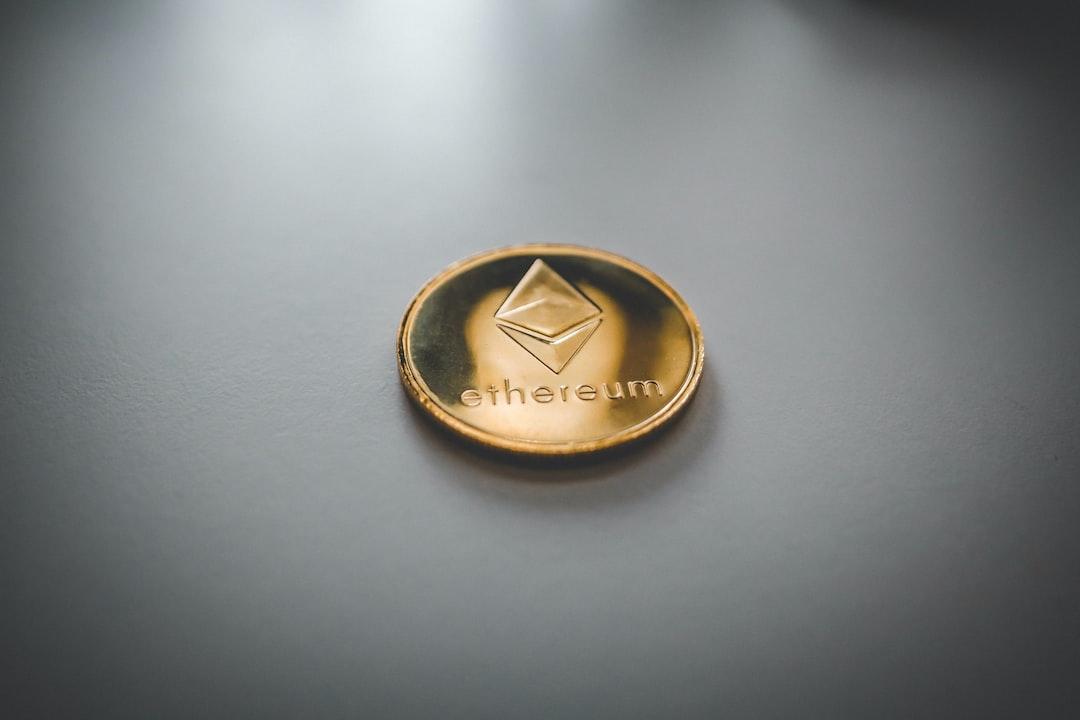Recently under pressure from the community, Ethereum announced on the 13th during an all-core developers meeting that it will accelerate the deployment of future Ethereum protocol upgrades in an attempt to respond to the community’s recent calls for quicker improvements and criticisms.
(Background: The Ethereum Pectra upgrade is set to launch in March, with Vitalik stating it could double Layer 2 capacity! Gas Limit raised for the first time in the PoS era)
(Background summary: Key points from the 203rd Ethereum ACDE meeting: What impacts will the Pectra upgrade bring?)
Ethereum has faced ongoing dissatisfaction from the community due to its underwhelming price performance during this bull market, the sudden departure of core developers, and the continuous issuance by the Ethereum Foundation (EF). This discontent has prompted Ethereum co-founder Vitalik to announce significant reforms to the leadership of the Ethereum Foundation.
Amid escalating pressure from the community, the Ethereum Foundation announced during the all-core developers (ACDE) meeting on February 13 that it will accelerate the deployment of future Ethereum protocol upgrades.
Nixo Rokish, a member of the Ethereum Foundation’s protocol support team, tweeted on the 13th: “There was a strong consensus in the Pectra Retrospective forum posts that people want to speed up the forks. This means less hesitation in scope and more proactive expression of opinions.”
Ethereum Pectra Upgrade Expected in April
According to Christine Kim, Vice President of Research at Galaxy, and EtherWorld meeting records, the Pectra upgrade is currently in its final testing phase. Developers expect that if the public testnet upgrade goes smoothly this week, the Pectra upgrade will be planned for launch on the Ethereum mainnet around April 8.
Developers also confirmed the timeline for the Ethereum public testnet upgrades at the meeting, stating that the team will activate the Pectra fork on the Holesky and Sepolia testnets on February 24 and March 5, respectively. If no major issues arise during the testnet upgrades, the mainnet Pectra fork is expected to take place approximately 30 days after the Sepolia fork.
Cointelegraph noted that the Pectra upgrade could be the largest upgrade in Ethereum’s history, potentially encompassing up to 20 Ethereum Improvement Proposals (EIPs). In addition to improving user experience (UX), it includes a scaling proposal that doubles the number of data availability blobs (from 3 to 6). Vitalik stated that this would double the capacity of Layer 2 blockchains, significantly enhancing scalability.
Ethereum Development Community Accelerates Protocol Upgrade Speed
Ethereum core developer Tim Beiko emphasized during the meeting that the most common suggestion in the Pectra Retrospective forum was to “accelerate the upgrade of Ethereum.” To this end, Beiko suggested that the scope of the next upgrade should be determined as quickly as possible after the last upgrade goes live on the Ethereum mainnet.
Beiko further proposed freezing the scope of the next Fusaka upgrade to EOF and PeerDAS, avoiding excessive hesitation over incorporating more EIPs that could delay upgrade progress. This would enable developers to begin research on Fusaka promptly while discussing the scope of the next hard fork, Glamsterdam.
A deadline of April 10 was also set during the meeting to finalize the scope of Fusaka. Fusaka is the next upgrade following Pectra and includes several EIPs, focusing on improving the scalability and security of the Ethereum Object Format (EOF) and PeerDAS (data availability sampling through peer-to-peer networks, which can enhance data availability and overall network efficiency and resilience).
Paradigm Warns Ethereum Must Accelerate
Cryptocurrency venture capital firm Paradigm also called for Ethereum core developers to accelerate the pace of protocol upgrades in a late January article, urging the achievement of more milestones in its technical roadmap to maintain its position as the leading Layer 1 blockchain.
Ethereum can now begin to accelerate the implementation of many impactful improvements without sacrificing its values. Discussions about value trade-offs may be premature and could lead to rigidity.
We believe that agreeing to deliver faster is the most important thing the Ethereum community can do to expand the possible space and enable the protocol to realize its ambitious roadmap. Accelerating Ethereum’s development will allow more people to enjoy permissionless innovation, paving the way for a truly global and trust-minimized financial system.



